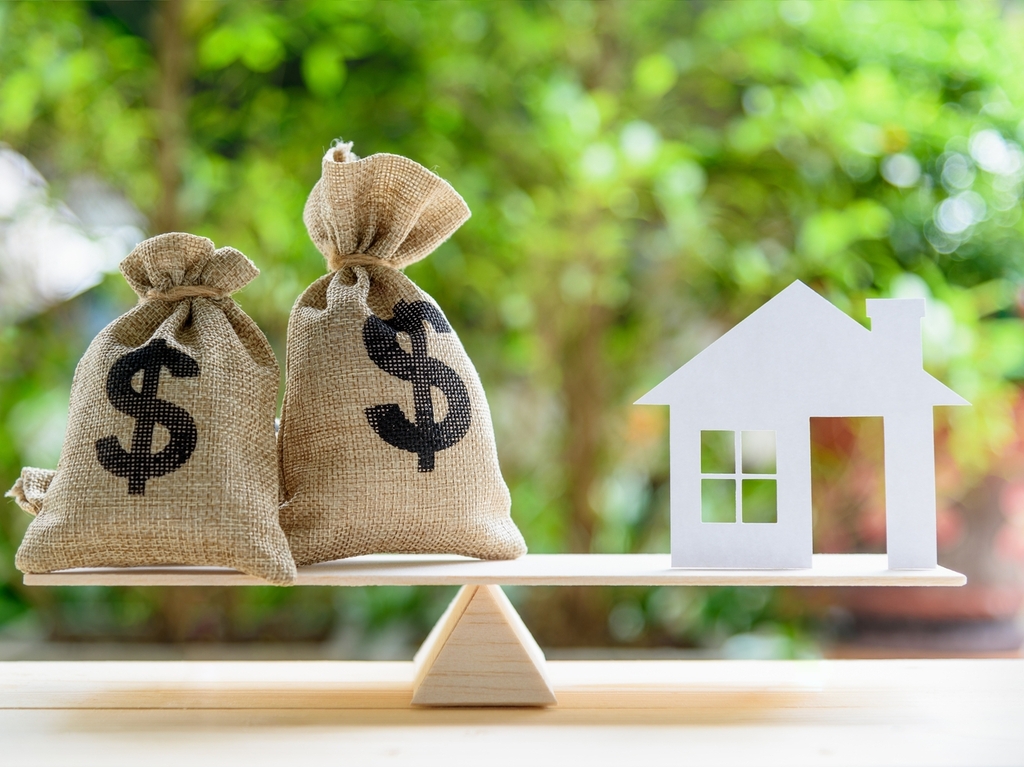One of the biggest home improvement projects you can take on is refinancing your mortgage. There are many advantages with refinancing that homeowners should carefully consider before deciding if this is the right move for them. Take a look at the following factors which might affect your decision.
The general rule of thumb when determining whether to refinance your mortgage is that if you can reduce your existing interest rate by at least 1%, you’re probably better off refinancing. In addition, because your new loan payment will be lower, you’ll build equity in your home much more quickly than under the old loan.
Closing Costs
When you refinance, be prepared to pay closing costs. Title insurance and other legal fees, as well as appraisal, taxes, and transfer fees, can add up to thousands of dollars. These upfront costs often recoup in five to seven years.
When refinancing your home, be careful not to get lured into a “no-closing-cost” deal. Although there may be no closing costs in such a deal, the lender is likely to recover those fees via a higher interest rate, which would defeat your goal of reducing your monthly payment.
Duration of Stay
When you refinance your mortgage, the savings you’ll see will depend on a number of factors. For instance, you may have a 30-year $200,000 mortgage loan at an interest rate of 6.5 percent. If you refinance your loan with a fixed interest rate of 5.5 percent, your monthly payments will drop to $1,130—a savings of $127 per month, or $1,524 annually.
If your closing costs amount to approximately $2,300, divide that figure by a year’s worth of savings to see how long you would need to stay in the home before refinancing would pay off.
Private Mortgage Insurance (PMI)
When home values decline, there is often insufficient equity to support a 20% down payment. If you are considering refinancing, you should make sure that the value of your house will support a 20% down payment. In order to refinance, you may have to make a larger cash deposit than you had expected, or you may need to purchase PMI, which will make your monthly payment higher. Even if rates go down, the savings might not be substantial.

